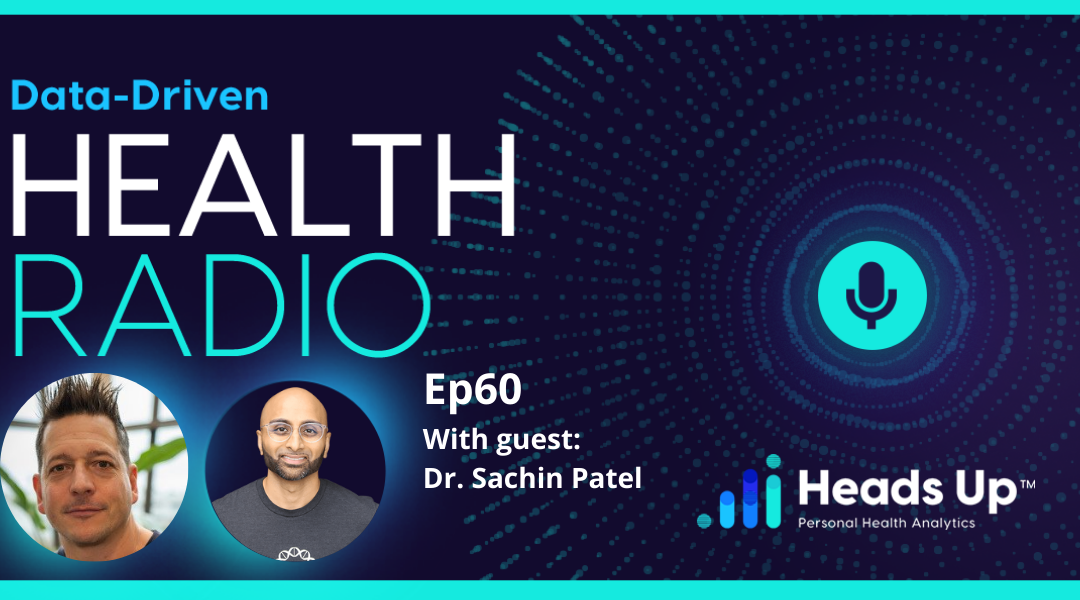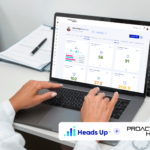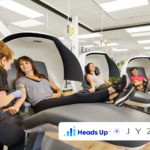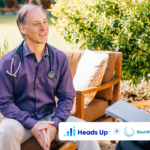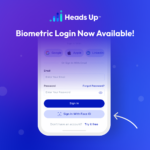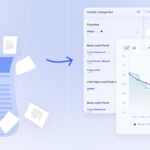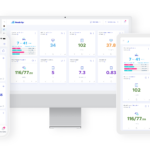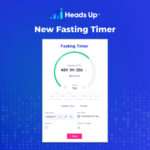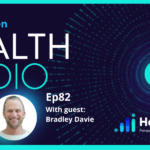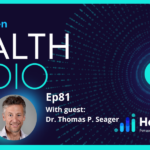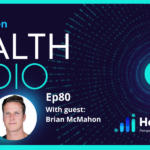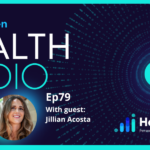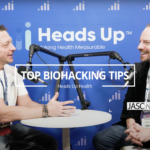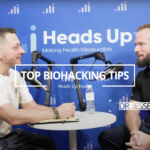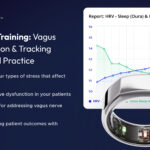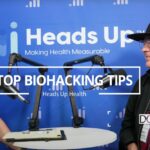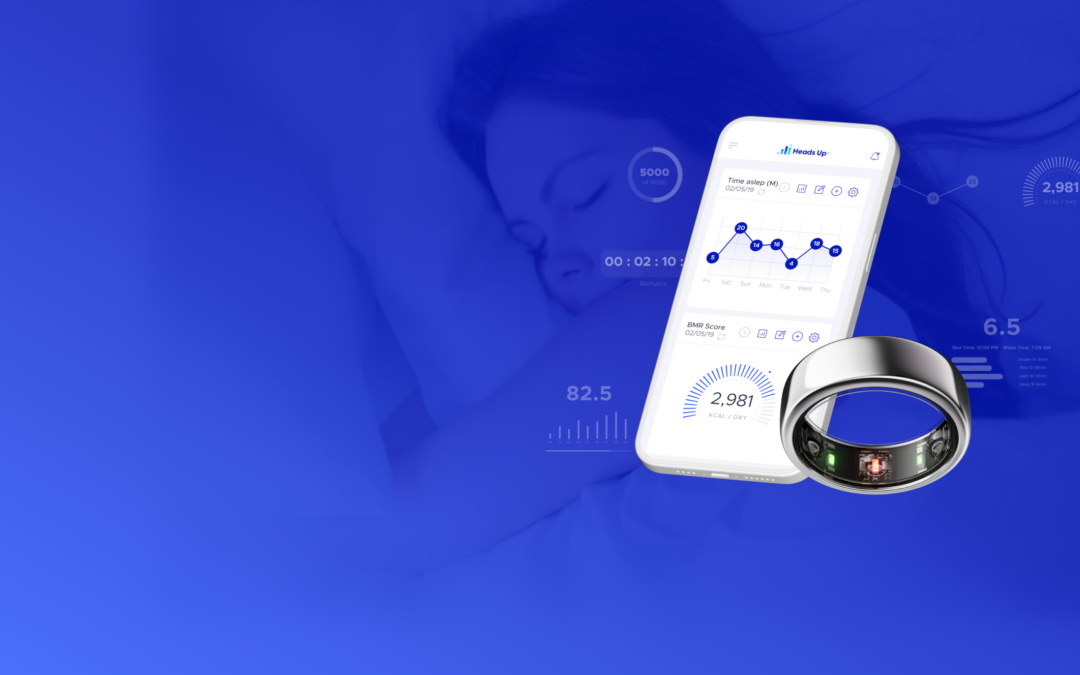
Using the Oura Ring with your patients
The Oura Ring is one of the most accurate wearable devices for tracking biometrics related to sleep, recovery, movement, and overall wellness. To follow are the various steps you and the patient will need to take to add the Oura Ring to your patient’s portal.
Connecting the Oura Ring to the Oura Application
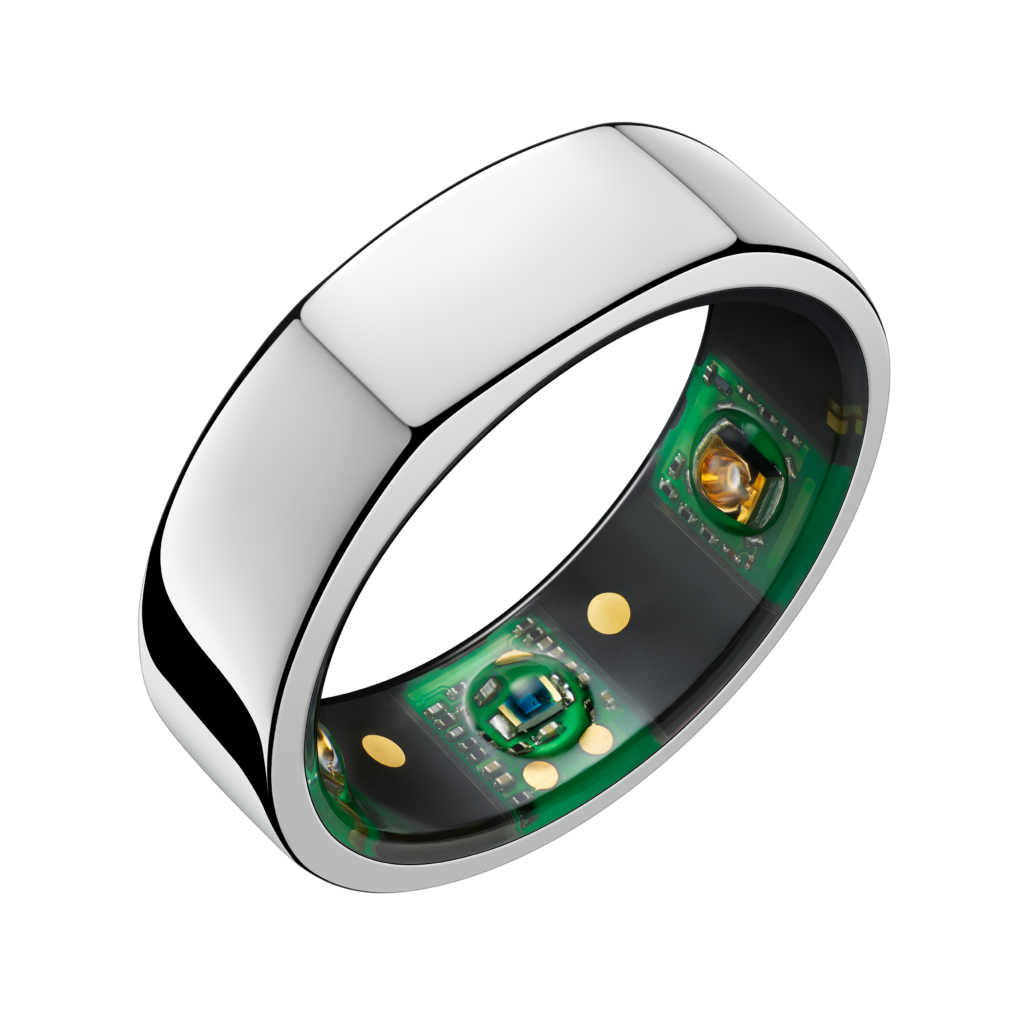
The first thing the patient will need to do once they receive their Oura Ring is download and connect the ring to the Oura application (IOS or Android). Please see Get Started with Oura for step-by-step instructions.
Connecting Oura Rings to Heads Up Platform
Heads Up pulls the patient’s Oura data from the Oura cloud. The patient’s data is sent to the Oura cloud after the patient first opens the Oura application after awakening. The Oura ring will sync to the Oura cloud each time it is opened during the day.
Next, you will need to make sure your patient’s Oura ring is connected to Heads Up. The patient can connect Oura via the Heads Up mobile or web application.
Once connected, you should see the patient’s Oura ring data on Heads Up. If the Oura ring data is not up to date for any reason, then you should ask the patient to force a manual backup of their Oura ring data to the Oura cloud using the below instructions:
1. Ensure WiFi or cellular data is enabled.
2. Go to the menu on the Home
tab.
3. Tap Settings .
4. Below Account, tap ‘Back up all data.’
Interpreting the Oura Ring data
Oura rings collect and shares a lot of data. Below are a few of the metrics you should focus on.
Sleep
There is a modern-day misconception about the importance of sleep. We’ve convinced ourselves that anything else is more productive and frequently hear the expression “you can sleep when you’re dead.”
Recently though, sleep science has been gathering steam and proving what should have been intuitive all along: that our bodies didn’t evolve to waste time. Sleep is central to health and performance. Although we remember little from our time asleep, our brains are firing and our bodies are actively repairing. During sleep, the brain consolidates memories and removes toxins, while the body stokes the immune system and regulates metabolism.
The sleep hygiene movement is starting to have a social impact and people are waking up to the importance of investing in sleep. If you want to take better care of yourself, start by making your sleep a priority.
The research is clear that adults should get 7 to 9 hours of sleep per night. This range of sleep hours is based on years of research and is the standard set by the National Sleep Foundation. It’s been determined that chronic sleep deprivation can lead to a dramatic increase in the risk of cardiovascular disease and lead to weight gain, in addition to other health issues.
Another important aspect of sleep that can help maintain optimal health and performance is sleep consistency. Ensuring consistency in your bedtime and waking time can make a world of difference. For example, going to bed early and waking up early during workdays can help improve productivity throughout the week.
Some individuals will wake up tired despite sleeping the appropriate number of hours due to restless sleep. Sleep Disturbances caused by wake-ups, get-ups, and restless time during your sleep can have a big impact on sleep quality and daytime cognitive performance. Restless sleep is less restorative than uninterrupted sleep and it is usually the cause of daytime sleepiness.
Disturbances can be caused by various factors, such as stress, noise, partners, pets, or different foods. Here are a few tips to improve your chances of getting restful sleep:
- Optimize your sleep environment by making sure your mattress is comfortable and your bedroom is cool (~ 65℉/18℃), quiet, and dark.
- Avoid spicy, heavy meals, and alcohol close to bedtime.
- Avoid caffeine prior to bedtime and late in the afternoons.
- While regular physical activity can make your sleep more restful, try to avoid exercising at least 1-2 hrs before your normal bedtime.
- Help your brain and body to wind down by disconnecting from bright screens and dimming bright lights 1-2 hrs before going to sleep.
Recovery
From a circadian biology perspective, your day begins when you go to sleep each evening. Sleep allows the human body to recover from the physical and mental demands of the day. There are a number of metrics related to recovery, such as Resting Heart Rate (RHR) and Heart Rate Variability (HRV).
Resting Heart Rate captures the number of times your heart beats per minute while at rest. An abnormally high or low resting heart rate may mean you’re overly stressed and not getting enough rest, or perhaps your immune system is fighting something.
Heart Rate Variability refers to the constant variation in milliseconds between your heartbeats. As popular as the metaphor may be, a healthy heart doesn’t beat as regularly as a metronome—it changes its rhythm with each beat. Some situations increase variation (high HRV), while others cause the intervals between beats to remain constant (low HRV).
You may be unaware of these subtle variations, but they reflect your heart’s ability to respond to different situations. HRV can react to stress and/or illness before resting heart rate (RHR), which makes it one of your body’s most powerful signals—providing useful insights into your stress levels, recovery status, and general well-being. As a rule of thumb, high HRV is associated with rest-and-digest, general fitness, and good recovery, while low HRV is associated with fight-or-flight, stress, illness, or overtraining.
While individual days may be lower after high-intensity exercise, a night out, or a stressful day, if your recent HRV is on par with or better than your average, it’s a sign of good recovery. Monitoring HRV trends with an Oura Ring shows whether you are adapting or not to the “load” you are exposed to. This load could be new medications or treatment plans, or an increase in training load.
Body Temperature
Body temperature is a key signal, as your body constantly generates and sheds heat to hover around your ideal temperature. This metric can act as a warning, signaling cold or broader health development like hormonal fluctuations. Very few wearables track this metric. One exception is the Oura Ring, which monitors your skin temperature while you sleep. This form of measurement is very close to your core temperature only while you are sleeping. You can also use one of the many digital thermometers to check your temperature right after you get out of bed.
Movement
Sitting is considered by many to be the new smoking due to the rising evidence that prolonged sitting can contribute to a range of diseases and conditions including:
- Cardiovascular disease
- Type 2 Diabetes
- Anxiety and depression
- Obesity
- Elevated blood pressure
- Higher cholesterol
The human body performs better with regular movement throughout the day. Even standing up once every hour and stretching or doing a few jumping jacks can bring enormous health benefits.
Additional Oura Ring Resources
Below are links to Oura blog posts and help guides that cover the Oura ring and associated mobile application.
https://ouraring.com/blog/sleep-score
https://ouraring.com/blog/readiness-score
https://ouraring.com/blog/activity-score
